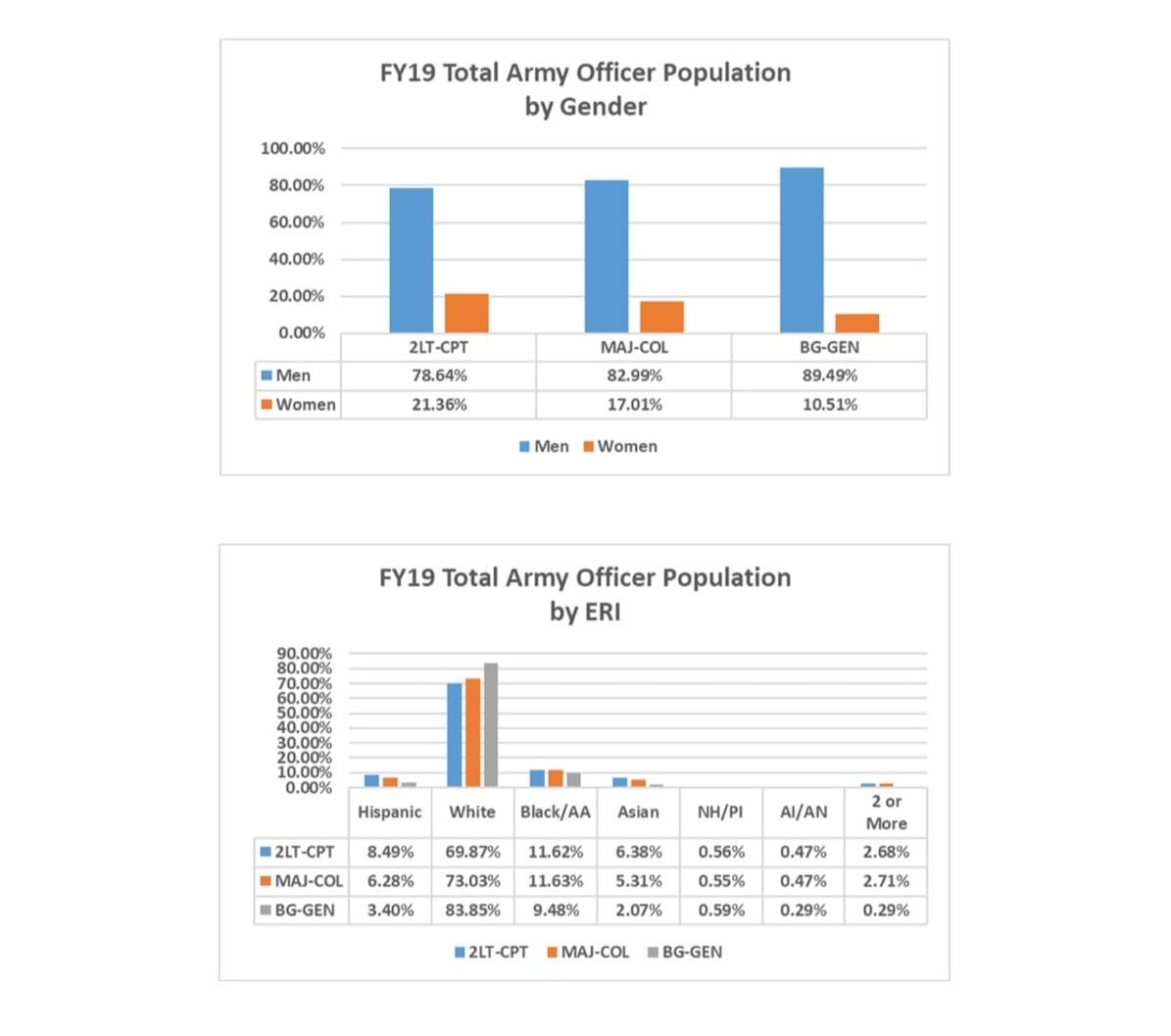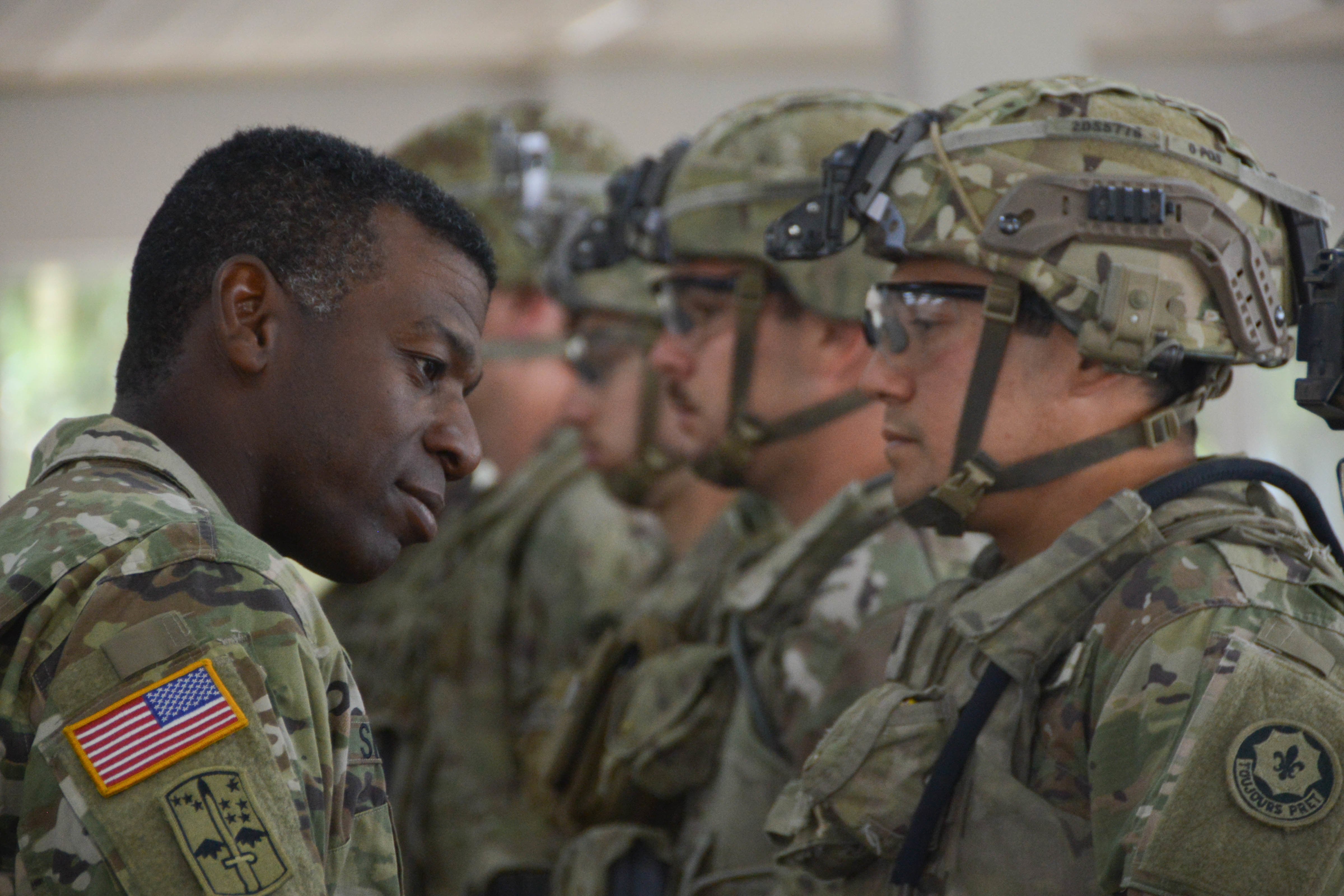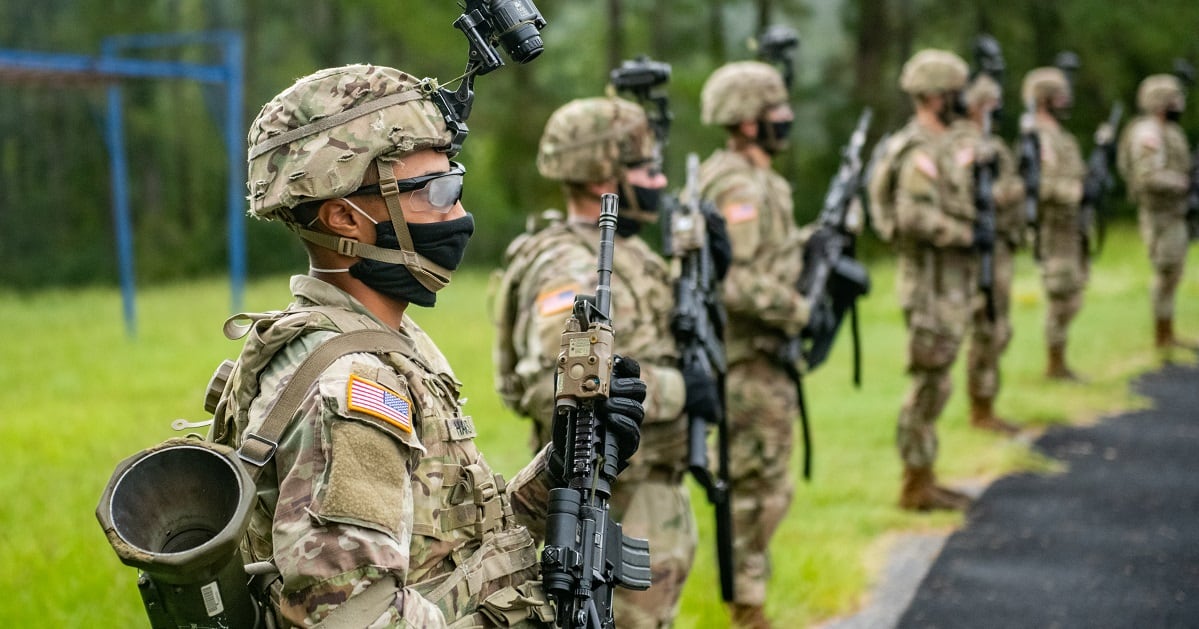The active duty Army met its end-strength goal this year of 485,000 soldiers, and leadership expects that target number to increase by about 1,500 in 2021, according to the Army’s deputy chief of staff for personnel, Lt. Gen. Gary Brito.
This year’s growth included modest increases in the number of women recruits and those from minority backgrounds, other service leaders joining Brito said during a telephone call with reporters Friday.
Forty-seven percent of the regular Army’s 62,150 accessions this year represented minority populations, said Army Recruiting Command boss Maj. Gen. Kevin Vereen.
“We saw that to be a significant event this year," Vereen said. “Our trend lines over the past couple of years — I would say about the last two to three years — have been been in the lower 40s."

About 18 percent of recruits were women. Hispanic women comprised roughly 4.2 percent of the accessions. Both of those numbers were “up from recent years,” according to Vereen.
Maj. Gen. John Evans, Jr., who leads Army Cadet Command, said the officer side also saw a slight increase in diversity among its roughly 6,000 newly commissioned officers this year.
“Last year, we had about 12 percent African Americans; 11 percent Hispanic; 8 percent Asian American, Pacific Islander; and then 2 percent of the other demographics that tend to occur at lower density," Evans said. “So about a third of the force … would be diverse in that regard. And we expect to have a little better numbers this year.”
Evans added that Cadet Command is still at the roughly 19 percent point for female officer commissions. “We’re trying to raise that, as well,” he said.
Simply increasing minority representation in the officer corps won’t suffice, according to Evans. The Army has also been trying to increase diversity in its combat arms branches, like infantry and armor.
“The preponderance of our four-stars are coming from those branches,” said Evans. “I don’t know if that’ll change in 25 or 30 years but we know that’s the truth now, so we’re trying to increase and encourage more diversity in those basic combat arms.”
RELATED

It’s not an issue unique to the Army. Of the U.S. military’s 41 senior-most commanders at the four-star rank, only two are Black: Army Forces Command boss Gen. Michael Garrett and Air Force Chief of Staff Gen. Charles Brown Jr.
There’s some evidence that there have been conscious and unconscious barriers to entry in the combat arms for minorities, “and we’re trying to remove those now,” said Evans.
The Army has started various reforms intended to cut down on unconscious bias in the promotion process, including by eliminating official photos for selection boards and redacting race, ethnicity and gender data from both officer and enlisted record briefs.
Brito said the service has been conducting formal and informal studies to understand why fewer officers from minority backgrounds opt to join branches other than the combat arms.
They’re also trying to learn more about why those who joined combat arms initially changed branches later in their careers.
“I’ve been in uniform for 33 years and joined as an infantry soldier and stayed in infantry my entire career,” said Brito, who is Black.
“Part of this is simply education at the recruiting source, whether it’s at [West Point] or ROTC, and talking … to prospective officers and sharing with them … the deep breath of experiences that you can get in those respective branches that could carry you on to the senior ranks," he added.
Both the uniformed and civilian leadership overseeing the service take the issue very seriously, Brito said.
“We’re looking at all aspects of the problem, to use my words, a dry-erase board approach, when looking at this,” he said.
Kyle Rempfer was an editor and reporter who has covered combat operations, criminal cases, foreign military assistance and training accidents. Before entering journalism, Kyle served in U.S. Air Force Special Tactics and deployed in 2014 to Paktika Province, Afghanistan, and Baghdad, Iraq.





